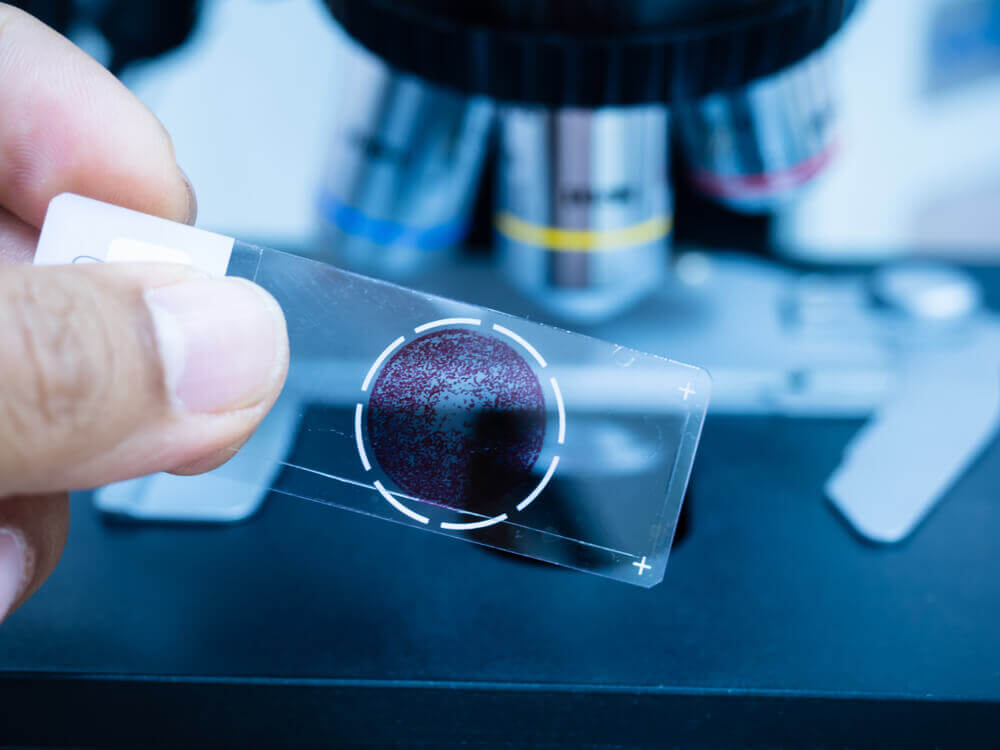Microscopy has revolutionized the way we look at the world, enabling us to view objects in detail at a scale that was once unimaginable. In recent years, advancements in precision optics have further enhanced the capabilities of microscopy, allowing researchers and scientists to see finer details and more accurate representations of samples. In this article, we will explore the latest advances in modern precision optics and how they are benefiting microscopy.
Key Takeaways
- Precision optics have played a critical role in advancing microscopy, enabling researchers to observe and analyse samples at an unprecedented level of detail.
- Advances in lens design have led to the creation of more accurate and precise microscope systems that can reduce or eliminate aberrations and distortions.
- Coating technologies have improved the performance of lenses by reducing reflections and chromatic aberrations, resulting in brighter and more contrast-rich images.
- Modern precision optics have greatly extended the capabilities of microscopy, providing greater insight into the workings of living organisms.
- The continued development of precision optics is likely to lead to even more significant advancements in microscopy, enabling researchers to push the boundaries of what is possible in scientific research.
Microscopy is an essential tool in various fields such as biology, medicine, materials science, and engineering. It allows us to study objects and structures that are too small to be observed with the naked eye, such as cells, viruses, bacteria, and nanomaterials.
The quality of the images obtained through microscopy heavily depends on the optical components used in the system, such as lenses, mirrors, and prisms. In recent years, advancements in precision optics have significantly improved the performance and capabilities of microscopes, leading to ground breaking discoveries and innovations in various fields.
Precision Optics and Microscopy
Precision optics refer to the manufacture and use of optical components with extremely high accuracy and quality, enabling optimal performance in optical systems.
Modern precision optics are characterized by their ability to control light at the nanoscale level, which is essential for imaging small objects and structures. Advances in precision optics have led to improvements in key parameters of microscopy, such as resolution, contrast, sensitivity, and field of view.
One of the critical components of precision optics in microscopy is the lens system. Traditional lens systems suffer from several limitations such as chromatic aberration and spherical aberration, which affect image quality. However, recent developments in precision lens manufacturing have resulted in lenses that correct for these aberrations, leading to improved image quality.

In addition to lenses, prisms are another important component in precision optics for microscopy. Prisms can be used to direct and control light in the microscope system, resulting in better image contrast and resolution. Prism technology has been improving in recent years, with more precise manufacturing techniques enabling new designs that are more efficient and offer better optical performance.
Advancements in Precision Optics:
Advances in Lens Design
One of the most significant advancements in microscopy has been the development of precision aberration-free lenses that are specifically designed for imaging applications.
These lenses are often made from high-quality glass materials and are designed to reduce or eliminate aberrations that can distort the image or reduce image quality. Traditionally, microscopes used lenses made of glass, which are prone to chromatic aberration, which results in colour fringing and a loss of image sharpness. With the development of aberration-free lenses, this problem has been virtually eliminated, enabling more accurate and detailed imaging.
Additionally, the use of aspheric lenses and diffractive optical elements has allowed for the creation of more compact, lightweight, and efficient microscope systems.
Coating Technologies
Another significant advancement in precision optics has been the development of advanced coatings that can improve the performance of lenses and other optical components. Anti-reflective coatings, for example, can significantly reduce unwanted reflections and increase light transmission, leading to brighter and more contrast-rich images. Similarly, coatings that selectively block certain wavelengths of light can help to reduce chromatic aberration, which can be a significant issue in imaging applications.
Phase Contrast Imaging
Another significant advancement has been the use of phase contrast imaging techniques. This technique is particularly useful in the study of living cells, as it enables imaging without the need for staining or fixing. Phase contrast imaging is achieved by introducing a phase shift in the light passing through a sample, making subtle variations in the refractive index visible. This has led to a significant improvement in the resolution and quality of images obtained.
In addition to these developments, the use of adaptive optics has also revolutionized microscopy. Adaptive optics is a technique used to correct optical aberrations in real-time.
This technology is particularly useful in deep-tissue imaging, where light scattering can cause distortion and a loss of image quality. By correcting these aberrations in real-time, the image quality is greatly improved, allowing researchers to see deeper into tissues and obtain clearer images.

Benefits of Modern Precision Optics in Microscopy
The use of modern precision optics in microscopy offers numerous benefits, including:
- Improved resolution: Precision lenses and prisms can correct for aberrations and distortions, resulting in sharper and clearer images with improved resolution.
- Enhanced contrast: Prisms can be used to manipulate light in ways that enhance image contrast and reduce background noise, resulting in more detailed and informative images.
- Wider field of view: Precision optics can provide a wider field of view, enabling researchers to observe larger areas of the sample at once, resulting in more efficient and comprehensive analysis.
- Greater sensitivity: Precision optics can improve the sensitivity of the microscope system, enabling detection of weaker signals and smaller objects that would otherwise be undetectable.
- Compact designs: Precision optics can enable the design
Modern precision optics have had a significant impact on the field of microscopy, enabling researchers to study and observe samples at an unprecedented level of detail. Advances in lens design, coating technologies, and materials science have all played crucial roles in this progress, and the continued development of precision optics is likely to lead to even more significant advancements in the future.
Supplying Precision Optics to the Microscopy Sector
UQG Optics is a leading supplier of high-quality optical components, including prisms, mirrors, and lenses. With over 65 years of experience in the industry, UQG Optics provides a range of custom optical solutions for various applications, including microscopy.
Our precision optics are manufactured to the highest standards, ensuring the highest quality and accuracy in imaging.
Visit our website at www.uqgoptics.com to learn more about our precision products and services.




